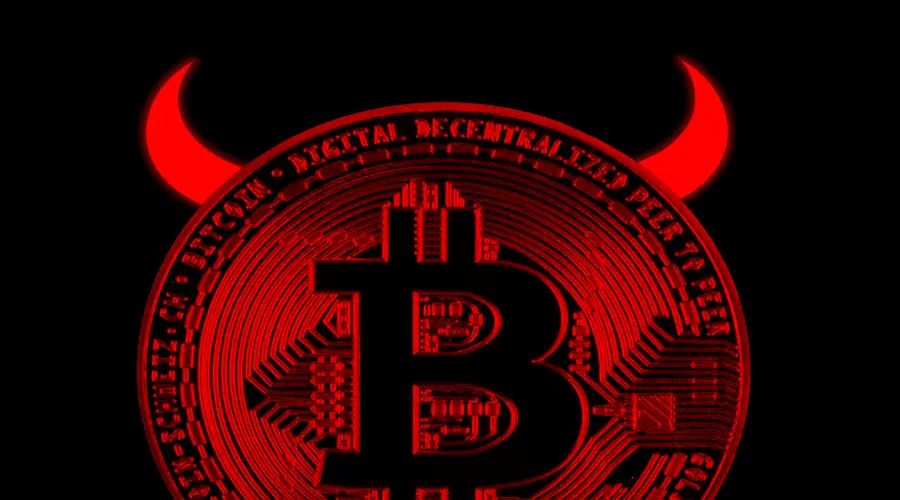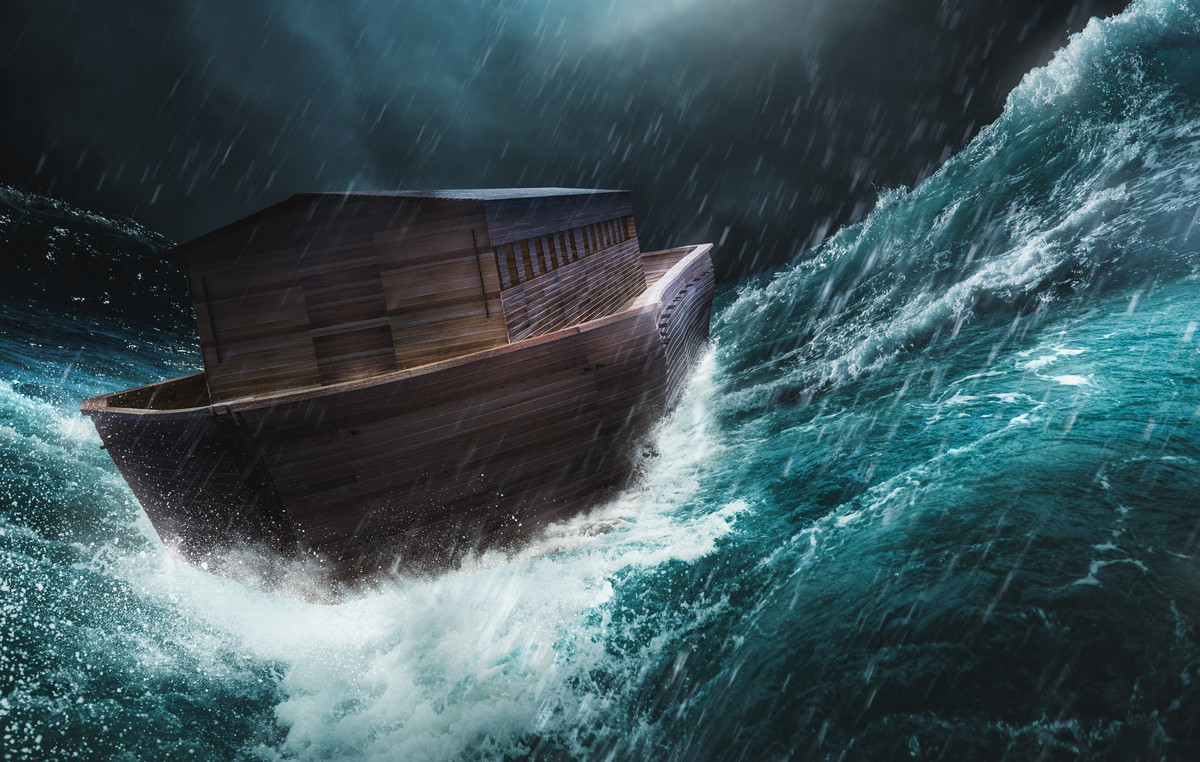In day April 8 the total solar eclipse , an astronomical event that will provide some moments of daytime darkness in places where it is completely visible. Unlike the last one, from 2017, this one will be 1 minute and 42 seconds longer.
The total eclipse will last 4 minutes and 28 seconds in an area northwest of Torreón, Mexico. When entering the territory of the United States, through Texas, its totality will be 4 minutes and 26 seconds at the center of the trajectory. In Canada, the maximum time that the Sun will be completely covered by the Moon will be 3 minutes and 21 seconds.
In the United States, the event will be seen in practically the entire territory, but only 31.6 million people will see the phenomenon in full, compared to 12 million in 2017. The rest will only be able to enjoy the partial eclipse.
NASA live streams
The bad news is that the eclipse will not be visible in Brazil. However, NASA (United States Space Agency) will make several broadcasts available for the whole world to follow the event.
O The event begins at 4pm (Brasília time), on the coast of Mexico, and ends at 5pm (Brasília time), on the Atlantic coast of Canada . See what broadcasts are available.
What is a solar eclipse?
Eclipses happen when an object in space, such as a planet or Moon, passes through the shadow of another celestial body in space. On Earth, we can see the lunar and solar.
Solar occurs when the Moon is positioned between the Sun and the Earth, preventing light from reaching some points on our planet. Being in a place where it is total, it is possible to see the Moon blocking almost all the Sun's rays, making the day as dark as the night.
Total solar eclipses happen every 18 months and last a few minutes, while partial solar eclipses — in which the Moon does not completely cover the Sun — occur at least twice a year somewhere on Earth.
The phenomenon is classified into three types:
- Total solar eclipse: Visible only in a small area of the Earth, when the person is in the center of the Moon's shadow, when it hits the Earth. For a total eclipse to occur, the Sun, Moon and Earth must be completely aligned.
- Partial solar eclipse: It happens when the Sun, Moon and Earth are not exactly aligned. The Sun appears to have a dark shadow on a small part of its surface.
- Annular solar eclipse: This is when the Moon is furthest from Earth and appears smaller. Because it does not block all view of the Sun, the Moon looks like a dark disk in front of the star.
- Hybrid solar eclipse: When there is more than one type of solar eclipse on the same day, it is the rarest type there is.
Source: CNN Brasil
Charles Grill is a tech-savvy writer with over 3 years of experience in the field. He writes on a variety of technology-related topics and has a strong focus on the latest advancements in the industry. He is connected with several online news websites and is currently contributing to a technology-focused platform.







